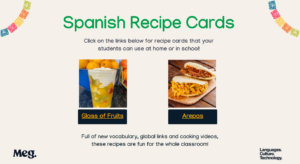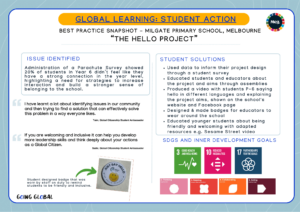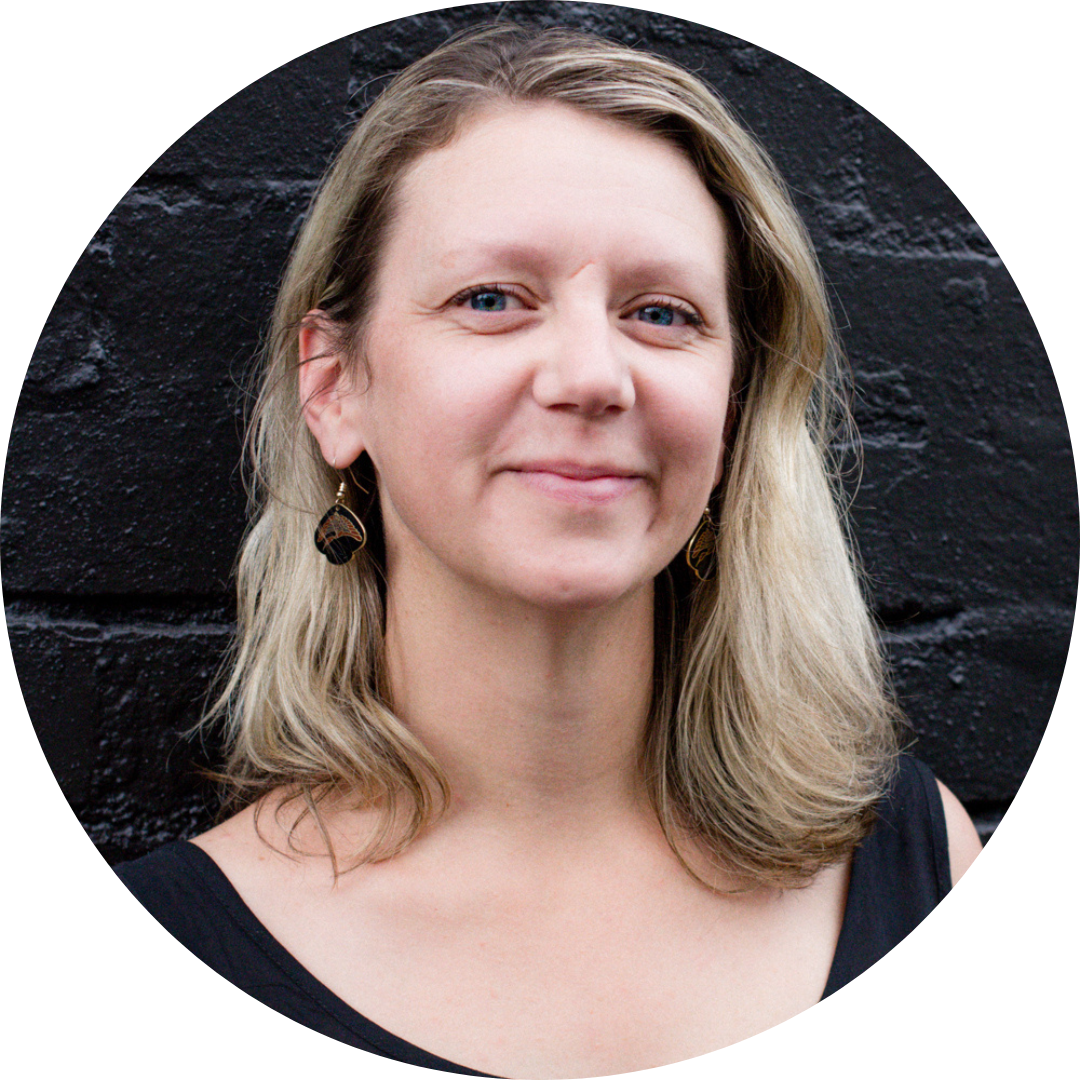Exploring Diversity and Inclusion During Harmony Week!
“Harmony Week is the celebration that recognises our diversity and brings together Australians from all different backgrounds. It’s about inclusiveness, respect and a sense of belonging for everyone.”
– Harmony.gov.au
2024’s Harmony Week theme ‘Everyone Belongs’, highlights the importance for everyone of truly belonging somewhere and asks us to explore what that means to ourselves, our friends, families and communities.
What does it mean to ‘be Australian’?
For us to truly begin to understand this year’s theme, we need to consider the idea of ‘belonging’ alongside the idea of what we belong ‘to’. What does it mean to be Australian in this modern era where one in four Australians are born overseas?
Australia, sometimes described as ‘The Lucky Country’, is a richly diverse and multicultural country with over 270 ancestries and one of the oldest continuous cultures in the world. It is sometimes described as ‘The Lucky Country’.
To begin to think about what it means to ‘be Australian’, we need to understand that Australia is home to many cultures and languages:
- Almost half of Australians have a parent born overseas (48.2%)
- Over a quarter were born overseas (27.6%)
- 22% of Australians use a language other than English at home
- The most common languages other than English used in homes are Mandarin and Arabic, with Punjabi (common in India and Pakistan) has increased by 80% since 2016.
Source: 2021 National Census Results
Learning about our diversity from each other is an authentic way to build understanding, respect, empathy and work together to co-create inclusive communities. It helps us address bias and avoid stereotyping. It builds pride in our own cultural identities and allyship for others.
The following discussion questions can be used to facilitate discussion with your class. You may wish to use the following videos to support these discussions:
- What does it mean to you to ‘be Australian’?
- What do you think other people might think it means? Is this similar or different to your own idea? Why/Why not?
- Do you think national identities change over time? Why/How? Why not?
- What does the idea of ‘identity’ mean to you? How would you describe your own identity?
Identity and Belonging
Identity and Belonging are foundational ideas to explore in Harmony Week. With each person’s unique identity transcending binary categories, this is a great place for educators to work with students.
Classroom Activities
The following activities each explore certain aspects of our intersectional identities. Students can do these individually, in pairs, groups or as a class. To get maximum value from them, pre and post discussions on the activity’s themes are encouraged. Check out:
- Who Am I: Encouraging students to think about their make up as jigsaw pieces, they break down the different aspects of their personalities and identity.
- My Name: Names are integral to our identities. First, middle and last names hold different stories of our heritage, our parents’ hopes and dreams, of family connections and of cultural significance.
- Languages Around Me: Asking students to identify the languages they hear ‘around them’ in their homes, schools, communities and with different audiences, helps them see how diverse their community really is.
- Diversity Detectives: Enabling students to put on a detective hat and identify their local diversity, then using an interactive map to explore diversity in their wider community.
Find more Identity and Belonging activities in Meg’s curated set here.
Harmony on a Plate
Food and cooking are a fun way to learn about other cultures and open up conversations about our own cultural identity. Check out Harmony Week’s Taste of Harmony recipes for delicious global meals.
Below are some simple recipes for Chinese and Spanish culture that are easy to make with students.


Students Creating Inclusive School Communities
Check out these amazing Young Changemakers from our Global Citizenship Student Ambassador Program who decided to focus on the ideas of identity, belonging, cultural diversity and inclusion.
Through student-designed and implemented projects that took direct action on ‘inclusion’, these inspiring young changemakers show us that students are ready to take on these conversations and topics and step into leadership in co-designing truly inclusive school communities. Communities where ‘we all belong’.

A Framework for Anti-Bias Education
For those ready for a deeper dive into the concepts of Identity, Diversity, Justice and Action, Learning for Justice’s ‘Social Justice Standards’ are a great place to start.
“The Social Justice Standards are a road map for anti-bias education at every stage of K-12 instruction. Divided into four domains—identity, diversity, justice and action (IDJA)—the standards recognize that, in today’s diverse classrooms, students need knowledge and skills related to both prejudice-reduction and collective action. ”
I hope Harmony Week is a wonderful week of learning together, of discovery and celebration and in the growth of everyone’s understanding of what belonging truly means for us all.
Happy Harmony Week!
To celebrate Harmony Week, Meg Languages is giving access to all school educators our 6 hour, self paced PD course, Planning an International, Diversity or Culture Day. Sign up here to access this course.

Lottie Dowling is a Primary School trained educator who has worked in a number of education roles internationally for more than 20 years including state schools and international schools in London, China, and NZ. She has worked as a Drama and Literacy specialist, in ESL and EAL roles, and now specializes in Global Citizenship Education. She is currently the Manager of Going Global at Meg Languages.
Share this post

